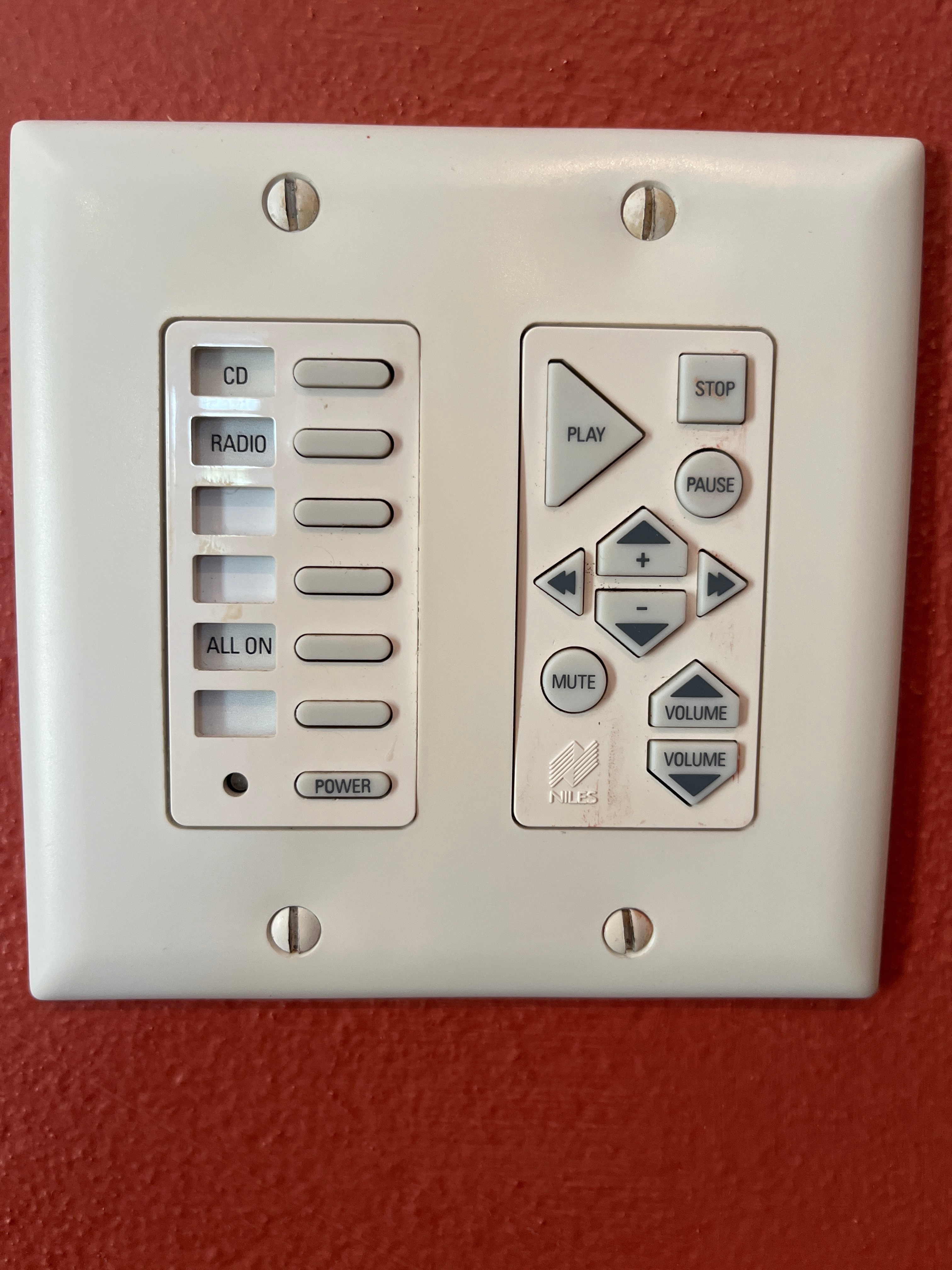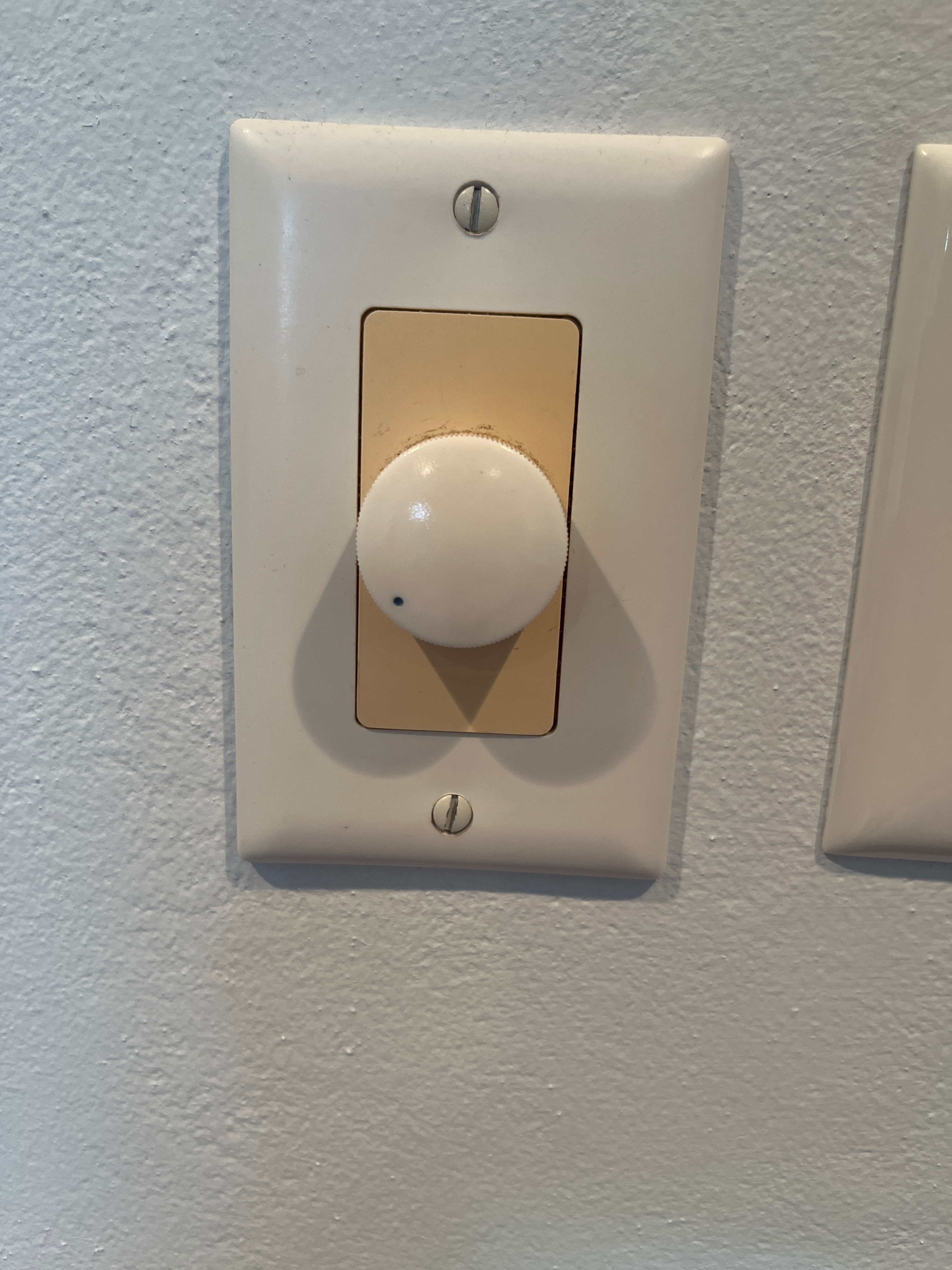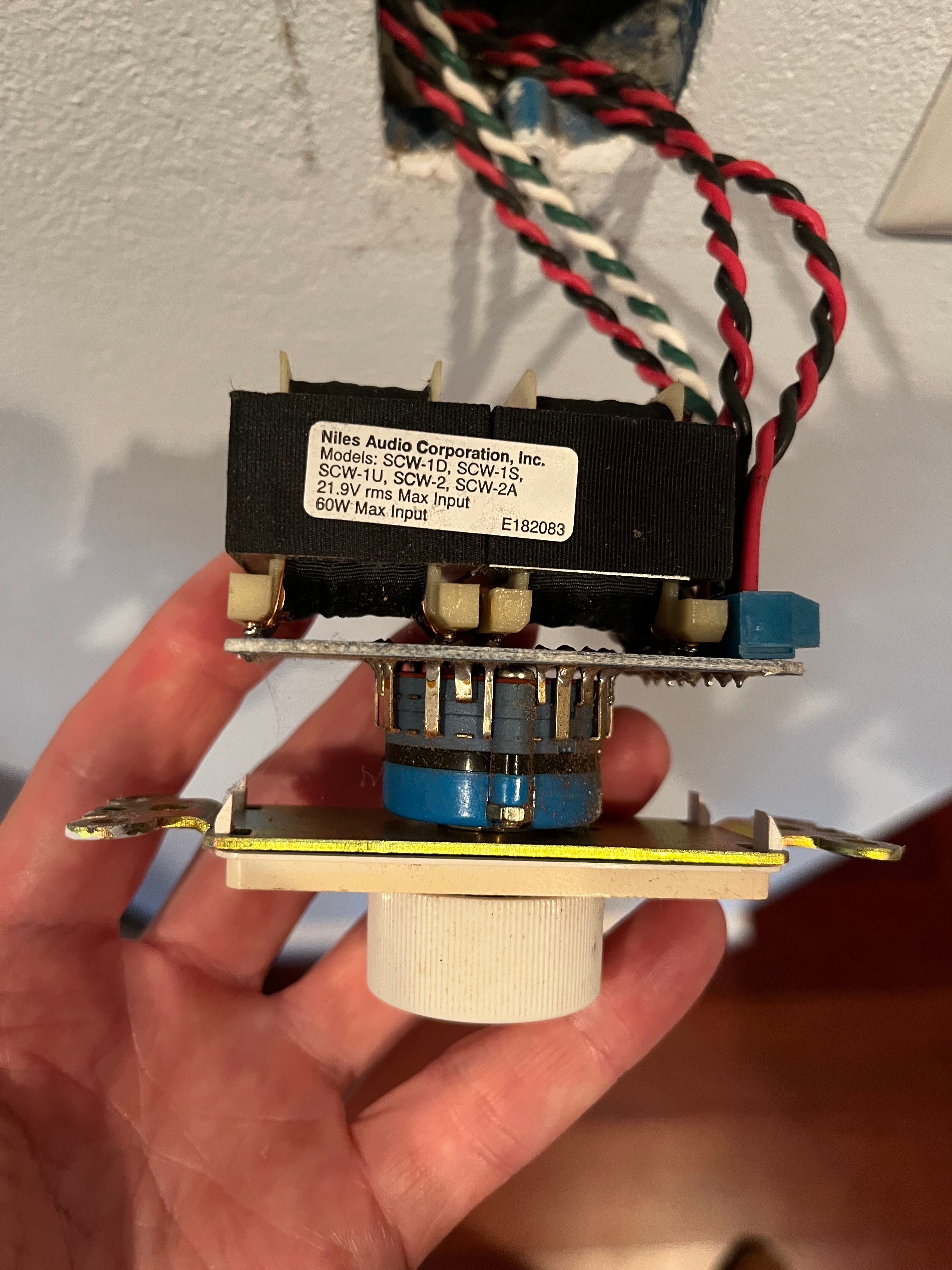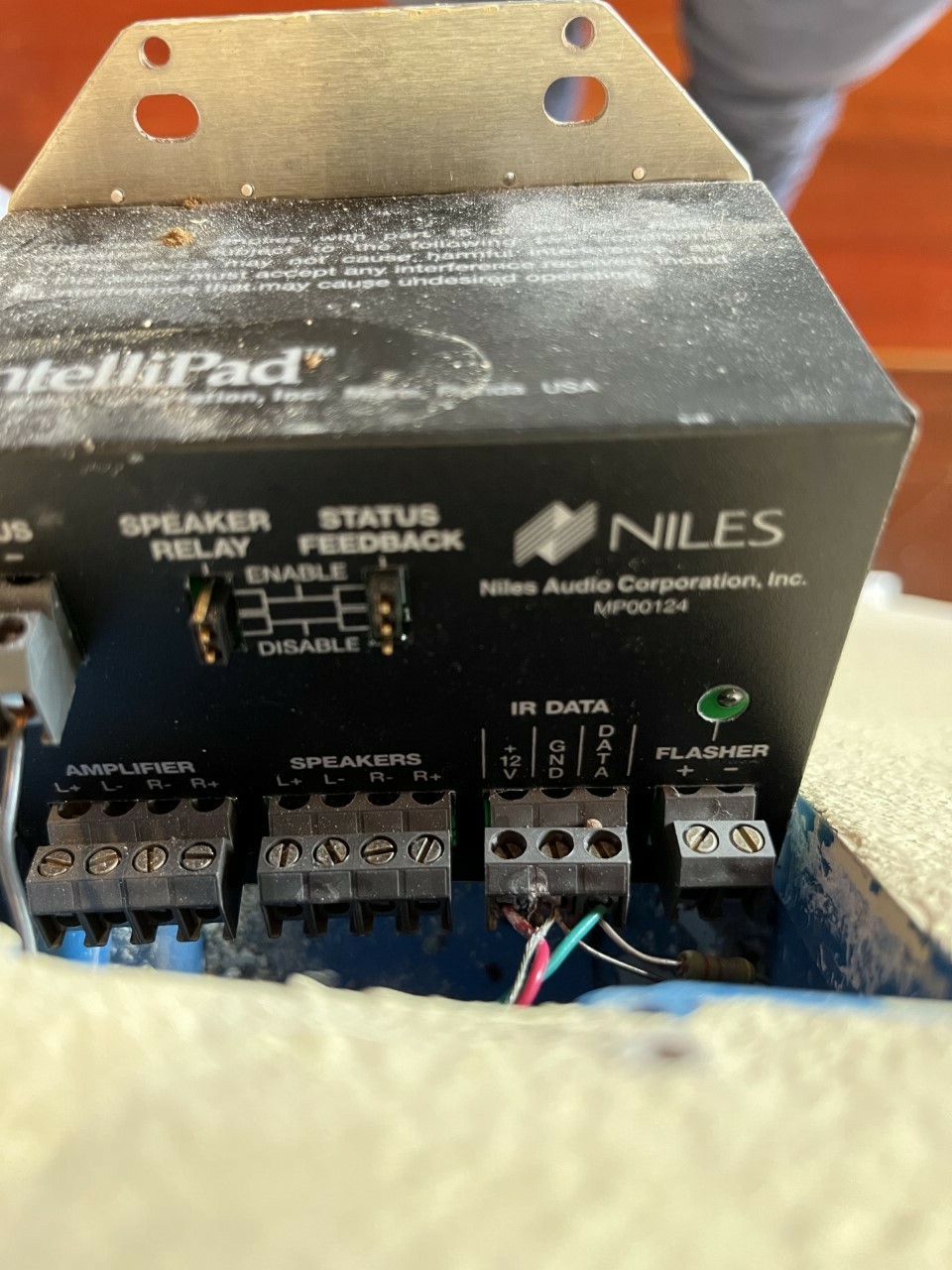I have recently moved into a house that was wired for multi-room audio several years ago (15+ years). I am looking to upgrade the system and would appreciate some advice/input.
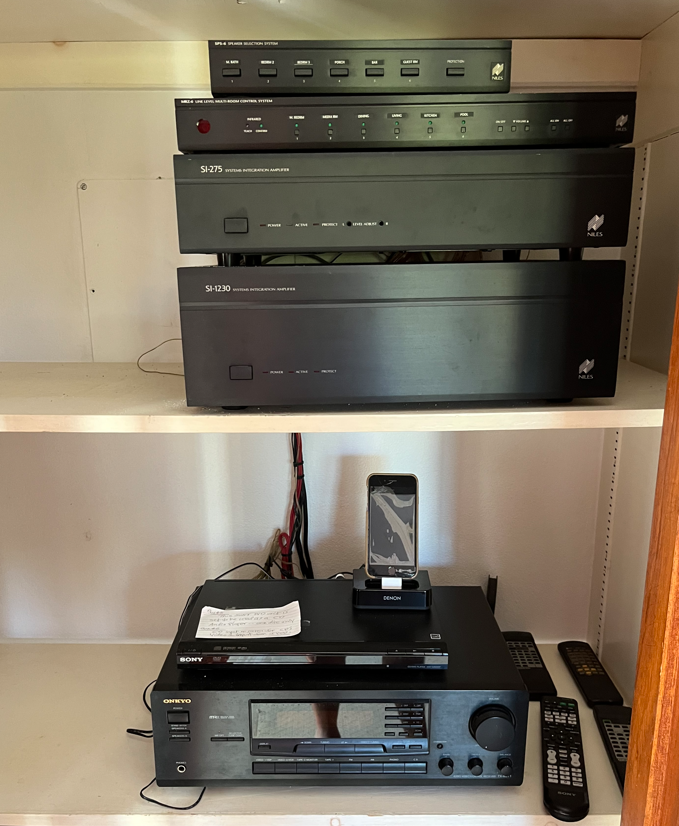
There are 12 zones all controlled by the devices in the above picture. One Onkyo stereo receiver and 4 Niles boxes. 6 of the zones have a control pad (connected to one box) and the other 6 zones (connected to the other box) just have a volume dial. Each zone has 2 speakers
Seems a shame to remove the speakers and all the wiring that has been done.
My goals are to
- Have a simplified system with less zones (don’t need speakers in most of the zones and will probably only go for 2 zones; inside and outside). I would leave more of the zones but the cost may be prohibitive?
- Ability to turn on or off, select source and control volume without having to go into the closet
- Ability to stream from normal sources (Apple, Spotify) without needing a phone to be nearby (don’t have any other sources) but also want to stream from a phone
- Ability to control volume from a wall dial/control pad if possible
- Playing different sources in different zones at the same time is not a priority
I think that to maintain the 12 different zones I would need 12 amps and they would all need a port as well? If that is the case then anything more that 2 zones (with 2 amps and 2 ports) is probably off the table. Also how many speakers can I connect to one amp? I believe it is 4 so I could combine 2 zones (4 speakers) into 1 and all 4 speakers would play at the same time. The zones I would like to keep are kitchen, living room, dining room in zone 1 and porch and pool in zone 2.
Thanks in advance for any advice/suggestions.

